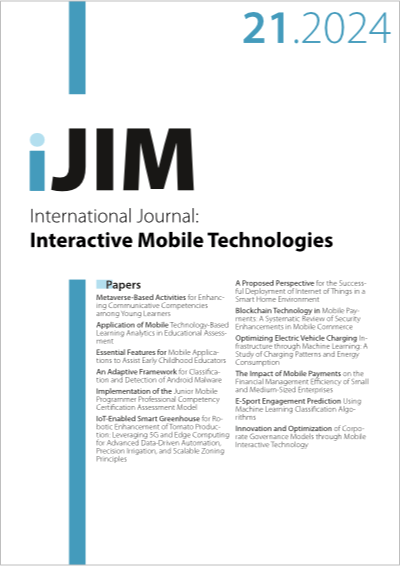Metaverse-Based Activities for Enhancing Communicative Competencies among Young Learners
DOI:
https://doi.org/10.3991/ijim.v18i21.47867Keywords:
Metaverse, English Language Teaching, young learners, communicative competencies, rural primary schoolAbstract
The transformative potential of the metaverse in English language learning, particularly in rural areas such as the Felda (Federal Land Development) Malaysian communities, has gained popularity following the COVID-19 outbreak. This study explores the use of metaverse-based activities to enhance communicative competencies among young learners in these rural areas. Employing a quantitative methodology, the research involves 60 participants divided evenly into two groups: an experimental group and a control group. The former received metaverse-based English language instruction, while the latter followed traditional classroom teaching. Results from pre- and post-tests, as well as structured questionnaires, indicate that the metaverse significantly improves communication competencies, including speaking, listening, and social interaction skills. The data show that metaverse-based activities provide a more engaging and immersive learning environment, promoting natural and authentic improvements in communicative abilities for young children in rural primary schools. These findings hold significant implications for English language instructors and curriculum designers, highlighting the potential of integrating modern technology into early childhood education.
Downloads
Published
How to Cite
Issue
Section
License
Copyright (c) 2024 Mohd Khair Naim Mohd Rozlan, Dr Tan Kim Hua, Wahiza Wahi, Ahmad Firdhaus Arham, Nasruddin Yunos

This work is licensed under a Creative Commons Attribution 4.0 International License.



